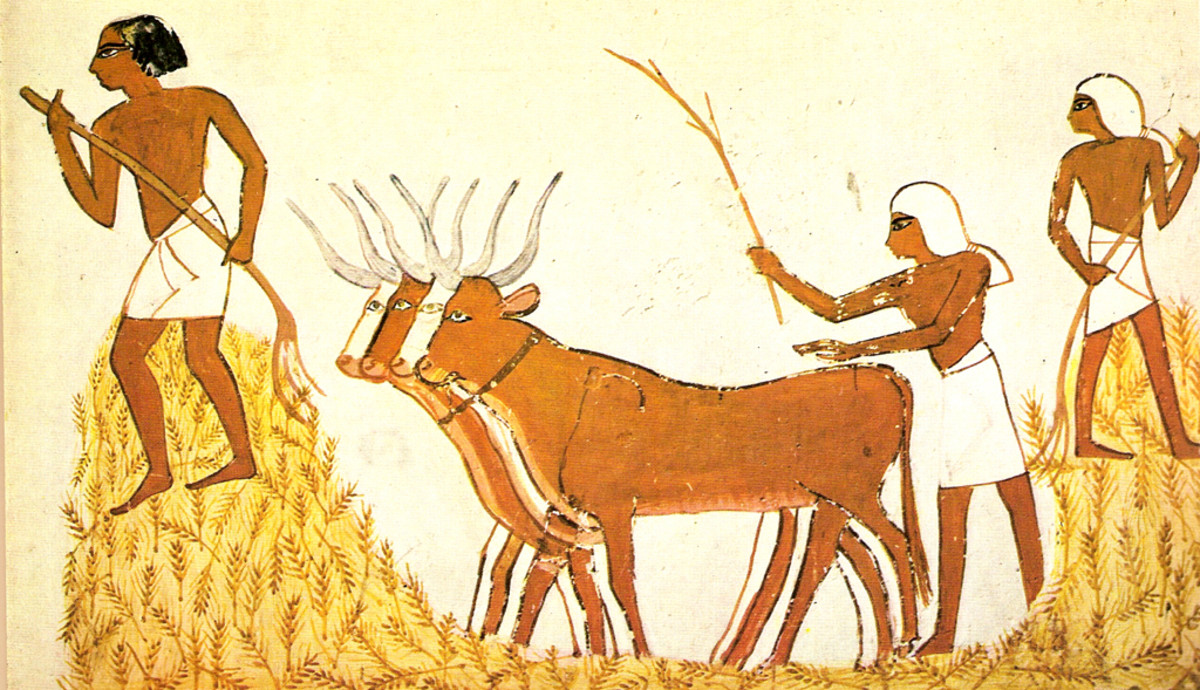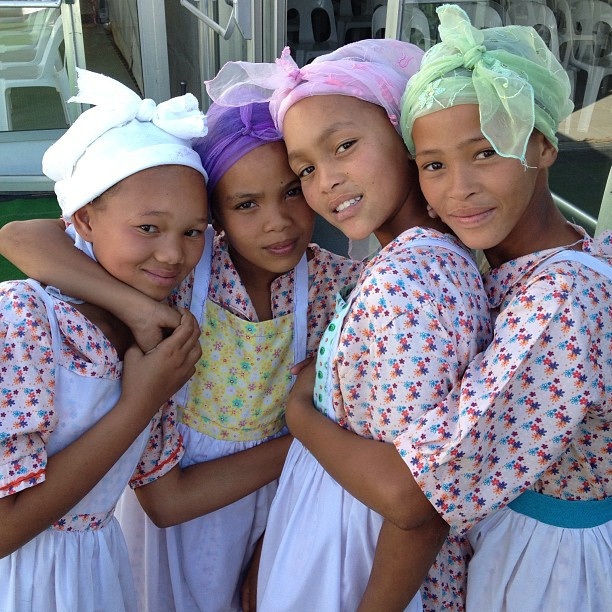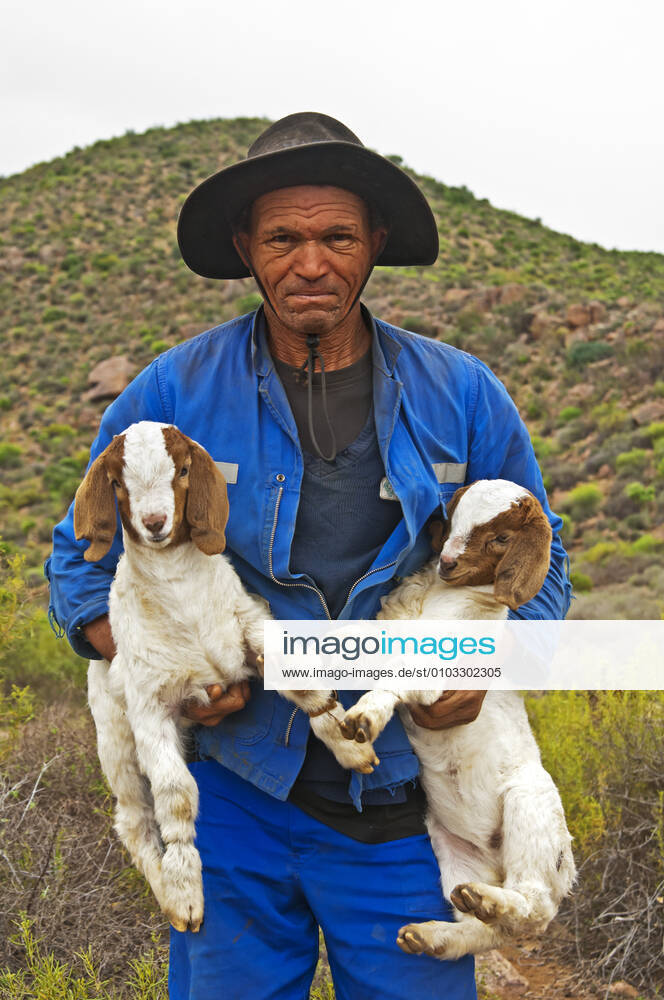I read somewhere that hunter-gatherer societies tend to be more democratic, egalitarian and less misogynistic compared with farming and pastoral communities.
Hierarchical society and strict sexual segregation only came about during the Neolithic farming revolution. That's probably when you start to see single male Y-dna haplogroups start to dominate because chieftains and kings now have a monopoly on resources and women.
Hunter-gatherer societies were egalitarian, in a big way explained by their small band of groupings, somewhat characterized as extended families. Naturally, we see organizational stratifications forming in bigger groups that subsist on predictive sedentary agriculture yields, and this creates inequality. I’m sure this can be tested through computational simulations, in the form of game theory, plus experiments capturing agent-based behavioral models.
Do you perhaps have any source on pattern changes in uniparental diversity from the times of hunter-gatherers until later times? Your explanation about the possible reduction in paternal lineage diversity with the advent of the agricultural revolution makes intuitive sense -- it is a fact that genetic diversity got reduced -- but I’m not sure about Y-DNA patterns or if it was influenced by the same type of correlative effects.
My question was did hunter-gatherers perceive outsiders, other foragers, including farmers with the same discriminatory disposition, or did they see themselves closer to other distinct hunter-gatherers preferentially over farmers that behaved differently in all manners. It’s a shame these things were not documented.



